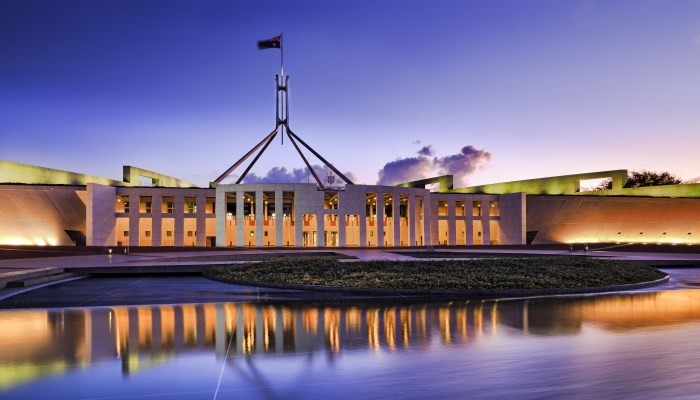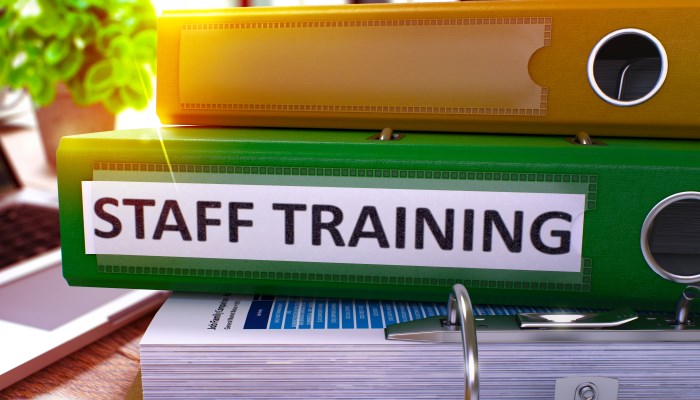On 20 December 2017 the Department of Home Affairs (DHA) was established. As part of the Federal Government’s restructure, the Department of Immigration and Border Protection has been transitioned to the new Department. The DHA is responsible for immigration, border control, national security and law enforcement and includes the following agencies:
- The Australian Federal Police (AFP)
- Australian Border Force (ABF),
- Australian Criminal Intelligence Commission (ACIC) and
- Australian Transaction Reports and Analysis Centre (AUSTRAC).
The Australian Security Intelligence Organisation (ASIO) will also join the new DHA following the passage of legislation.
Links to information about traveling to Australia can now be found here:
http://www.homeaffairs.gov.au/Trav
Please do not hesitate to contact us at info@hartmanlawyers.com.au for Australian immigration assistance.
Disclaimer:
The information on this website is intended only to provide a summary and general overview on relevant matters. It is not intended to be comprehensive nor does it constitute legal advice. You are advised to seek legal or other professional advice before acting or relying on any of the content contained in this website.










